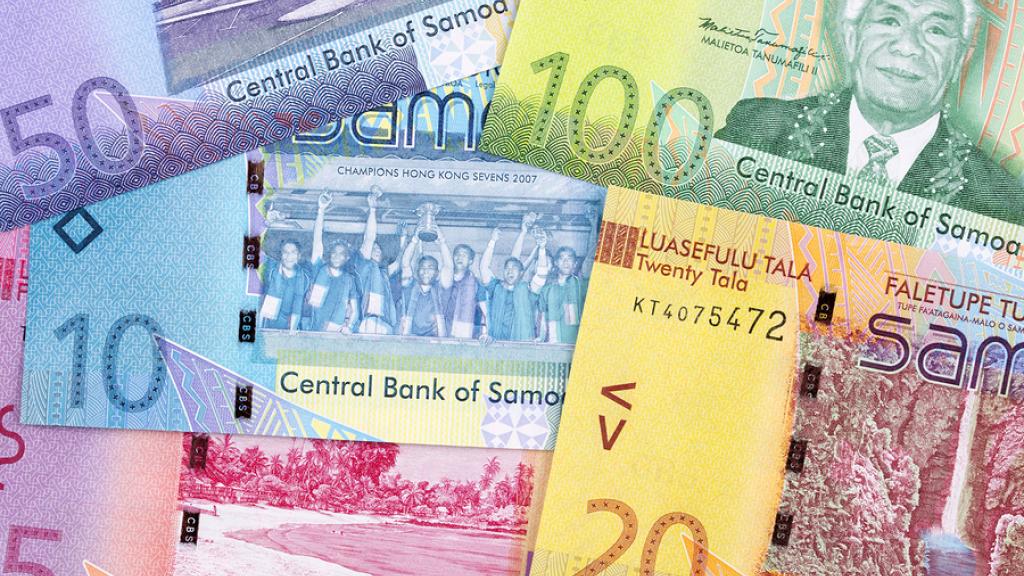A new debt sustainability analysis (DSA) prepared by the International Monetary Fund (IMF) and the World Bank Staff has shown that Samoa remains at high risk of external and overall debt distress, unchanged from the previous DSA published in 2021.
The results of the analysis are included in the 2023 Article IV Consultation with Samoa, which was concluded in March of this year.
Under Article IV of the IMF’s Articles of Agreement, the IMF holds bilateral discussions with members, usually every year which warranted the report and consultations with Samoa.
The DSA has been prepared jointly by the IMF and World Bank, following Guidance Note on the Bank-Fund Debt Sustainability Framework for Low Income Countries (2018).
“Consistent with previous DSAs, judgment was applied to extend the projection horizon to 20 years as opposed to the standard 10 years, given that the mechanical external and overall risk rating from the model was assessed as moderate,” the DSA report stated.
“This allows for the inclusion of the average long-term effects of natural disasters and climate change by incorporating their impacts on economic growth, the fiscal position, and the current account balance in the baseline scenario over the long term (FY2029-2043).2 These factors result in breaches of the thresholds for the present value (PV) of the external public and publicly guaranteed (PPG) debt-to-GDP ratio from FY2042 onwards in the baseline.
“As a result, Samoa’s external and overall risk ratings are assessed as high.
“In the stress test scenarios, thresholds for the PV of external PPG debt-to-GDP and PV of public debt to GDP are breached from FY2034 and FY2029, respectively. A tailored natural disaster shock, similar in scale to the median impact of natural disasters in Samoa’s history and assumed to strike in FY2024, also leads to breaches of the debt-to-GDP thresholds.
“The debt service-to-revenue ratio does not breach its indicative target because of the preponderance of concessional loans in external debt. Given Samoa’s vulnerability to natural disasters and external shocks, reforms to raise revenues, improve the quality of spending, and attain higher, more diversified economic growth will be vital to building fiscal and external buffers and minimizing risks to debt sustainability.”
Furthermore, according to the report, while domestic debt remain small in Samoa, government-guaranteed debt accounted for 7.6 percent of GDP in FY2022.
“”This Debt Sustainability Analysis (DSA) covers central government and central government- guaranteed debts.
“There is no sub-national government structure in Samoa. The Central Bank of Samoa (CBS) is not allowed to contract debt on behalf of the government and State-Owned Enterprises (SOEs) must seek government approval for all new loans. This means, credit to the CBS under the IMF’s Rapid Credit Facility is not included in the public debt.
“Non-guaranteed debt of non- financial SOEs stood at 0.6 percent of GDP in FY2022. Given the lack of consolidated, timely data on SOE revenue and expenditures, SOEs are not included in the baseline debt sustainability analysis but are captured in the contingent liability stress test. (SOE non-guaranteed debt has not been reported in the FY2023 budget as suggested in the previous DSA.)
“The definition of external and domestic debt is based on residency. Since all the domestic debt is in tala and all the external debt is in foreign currency, the residency-based classification is equivalent to the currency-based classification in the case of Samoa.”
